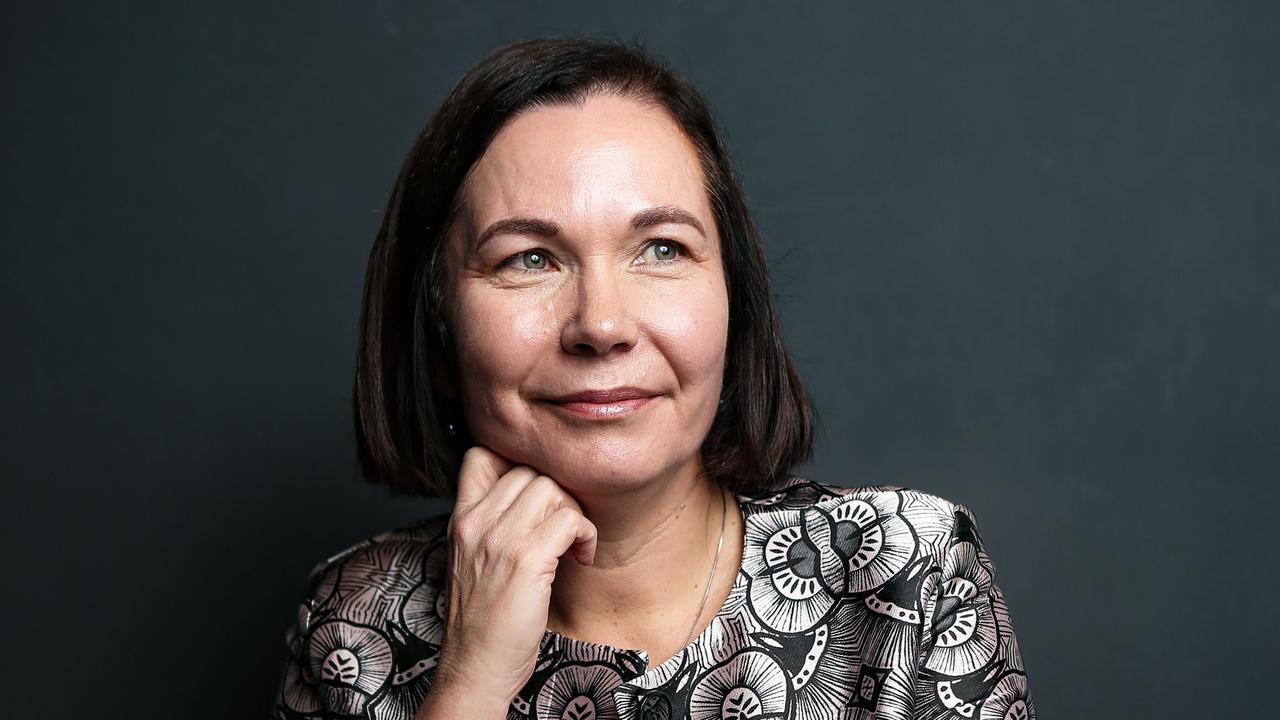Capital city commuters left to feel the big squeeze
As Milla Palacio goes about her morning commute, she has been noticing the crush on the rail network has been getting worse.

As Milla Palacio goes about her morning commute, little by little she has been noticing the crush on the rail network has been getting worse and the roads more congested as Sydney’s growth juggernaut continues.
Yesterday, Ms Palacio, 45, faced train delays on her way into work as a perfect storm of wet weather and a spate of double the usual number of sickies by Sydney train drivers threw the network into chaos.
Almost 100 train services were cancelled as the driver shortage hit, causing long delays. The roads were also chaotic after a fatal accident on the Anzac Bridge gridlocked western arterial roads. “The trains are ridiculous,” Ms Palacio said, “delayed 16 minutes. This happens all the time. I often can’t get on to the train, and you’re pushing your way on and feel like you’re stuck in there with all these other people.”
It’s a refrain that is repeated around the nation — particularly in Sydney, Melbourne and southeast Queensland. Worsening congestion and a failure by state governments to keep abreast of infrastructure demands have been driving a debate about the correct levels of immigration and prompted the Morrison government to produce a population policy aimed at easing pressure on the capitals.
Australian Bureau of Statistics data shows Sydney’s population hit 5.1 million in June last year, an increase of 101,600 people, or 2 per cent, since 2016. The biggest driver of growth during that period was net overseas migration, which accounted for 84,700 people.
According to 2016 census data, 86 per cent of new arrivals between 2006 and 2016 settled in capital cities, with 54 per cent settling in either Sydney or Melbourne.
Ms Palacio, of Sydney’s inner-southern Matraville, said she would rather take public transport than drive.
“You can’t get anywhere if you drive, either. The M5 to Bankstown is completely crazy. I remember it used to take half an hour; now it takes an hour and a half.”
In southeast Queensland, population growth has been driven equally by natural causes, internal migration and overseas migration.

When Herman and Charnelle Cronje moved from South Africa three years ago, they chose to stay in southeast Queensland because it offered employment opportunities and a lifestyle similar to home. On skilled-migrant visas, the couple found work in Brisbane and earlier this year bought a house in the leafy western suburb of Chapel Hill and became permanent residents.
Mr Cronje, who works in the CBD for a transcribing company, travels for 30 minutes on a packed bus to get to work. He usually stands because there are no seats available.
Ms Cronje said trips into Brisbane along main arterial routes such as Moggill and Milton roads were usually slow.
“It is a great city to live in but it can be very busy on the roads and on the public transport,” she said.
Traffic volumes in southeast Queensland have soared over the past decade.


